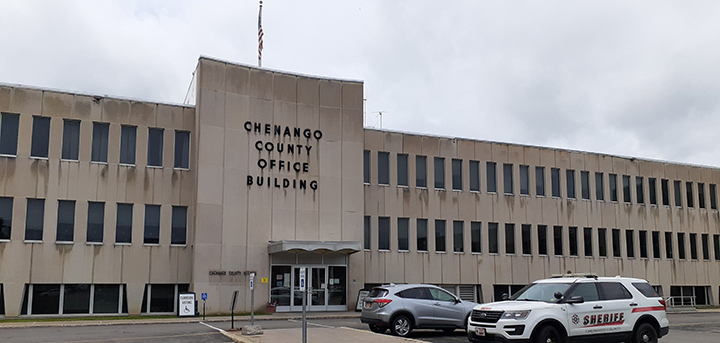Lyme Disease Awareness Month
Published:
April 27th, 2015
By:
Sen. James Seward
May is Lyme Disease Awareness Month and with the high number of reported cases in New York, it is important to arm yourself and your family with the tools to avoid the disease when possible, and detect and treat when necessary.
Lyme disease is an infection, caused by bacteria, that is spread by the bite of an infected tick. Lyme disease can affect the skin, joints, nervous system and/or heart. Over 95,000 cases of Lyme disease have been reported to the New York State Department of Health since reporting was first required in 1986. When detected early, it usually can be treated with oral antibiotics. If left untreated, it often causes serious health problems.
The type of tick responsible for spreading Lyme disease in New York is the deer tick. Not all deer ticks carry the bacteria that cause Lyme disease; they become infected after feeding on an infected animal such as a mouse or other small mammal. Transmission from infected ticks does not occur until a tick has been attached and feeding for at least 24 to 36 hours, which is why it is important to always check for ticks after spending time outdoors. You cannot get Lyme disease from another person or an infected animal.
We are entering peak season for deer ticks. They are active when the weather stays above freezing, usually from April through November. Young deer ticks, called nymphs, are active from mid-May to mid-August and are about the size of poppy seeds. Adult ticks, which are approximately the size of sesame seeds, are most active from March to mid-May and from mid-August to November. The deer tick is very small and orange-brown in color with a black spot near the head. Both nymphs and adults can transmit Lyme disease and their preferred habitats are wooded areas and adjacent grasslands. Lawns and gardens at the edges of woods may also be home to ticks.
The state senate has taken steps to fight Lyme in recent years. In October 2013, the senate created the Task Force on Lyme and Tick-Borne Diseases which reviewed research, consulted with experts, heard from the public, worked to develop legislation, and advocated for additional resources to address the spread of Lyme in New York. The task force produced a comprehensive report with 19 specific recommendations.
One of the legislative accomplishments that came from the task force’s work was last year’s adoption of Senate Bill 7854 which I co-sponsored. The new law will help people who may benefit from innovative and effective alternative medical treatment. It prevents the state from charging medical professionals with misconduct when the sole issue is providing or recommending treatment for Lyme and other illnesses that is not universally accepted by the medical community.
Another task force recommendation included the creation of a learning collaborative to partner counties in the state that have been at the epicenter of the Lyme epidemic with counties that are just beginning to experience outbreaks. Sharing knowledge is a vital step toward thwarting the further spread of Lyme.
To support the Task Force recommendations, the senate succeeded in including $500,000 in the fiscal year 2015 state budget, as well as an additional $100,000 for the state’s disease elimination and reduction efforts.
The task force is continuing its work this year and will build upon funding secured last year, promote the ongoing implementation of the report’s recommendations, and continue outreach to identify issues needing to be addressed in the prevention, detection, and treatment of tick-borne illnesses in New York.
Additional information regarding Lyme disease prevention, how to remove a tick, and symptoms is available through the New York State Department of Health website at www.health.ny.gov. By knowing the facts and taking precautions you can enjoy the outdoors and avoid Lyme disease.
Author: Sen. James Seward - More From This Author
Comments










